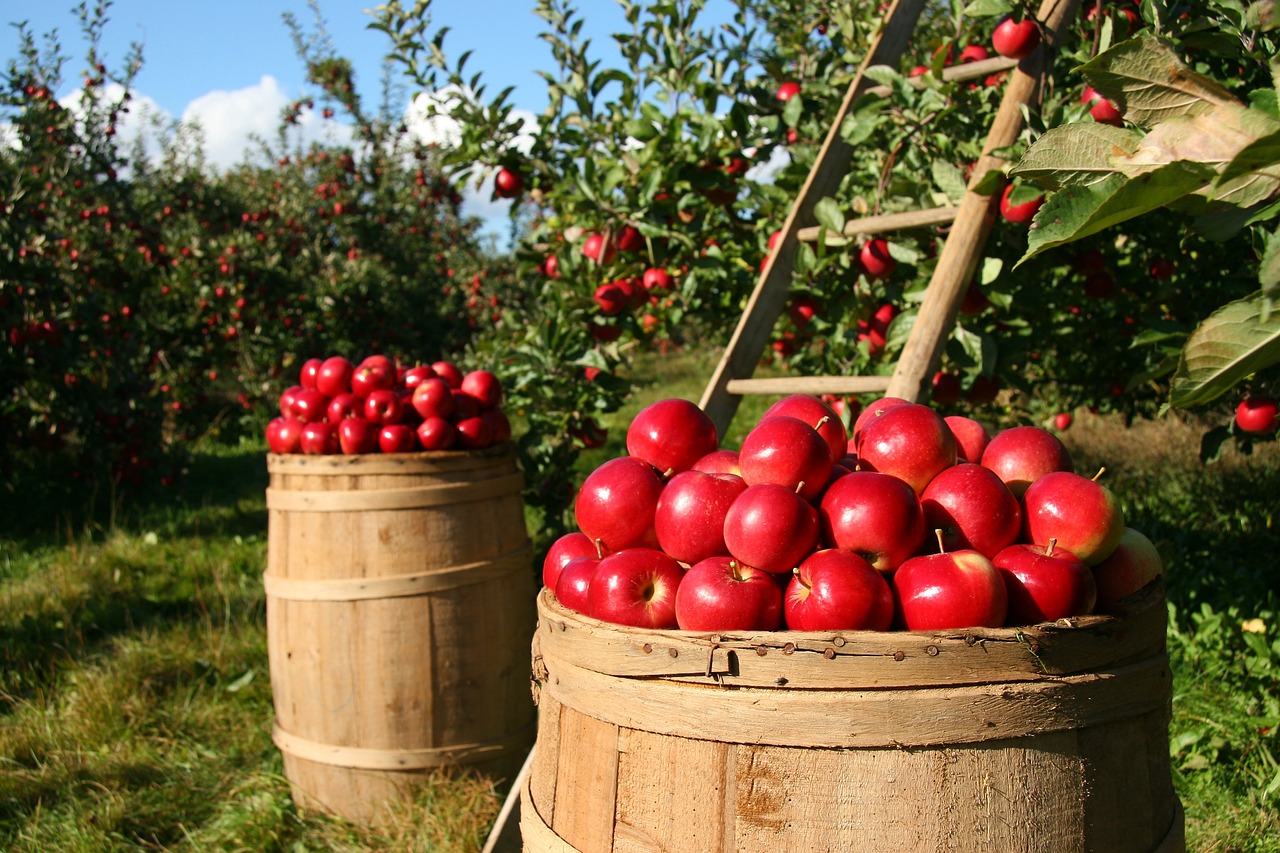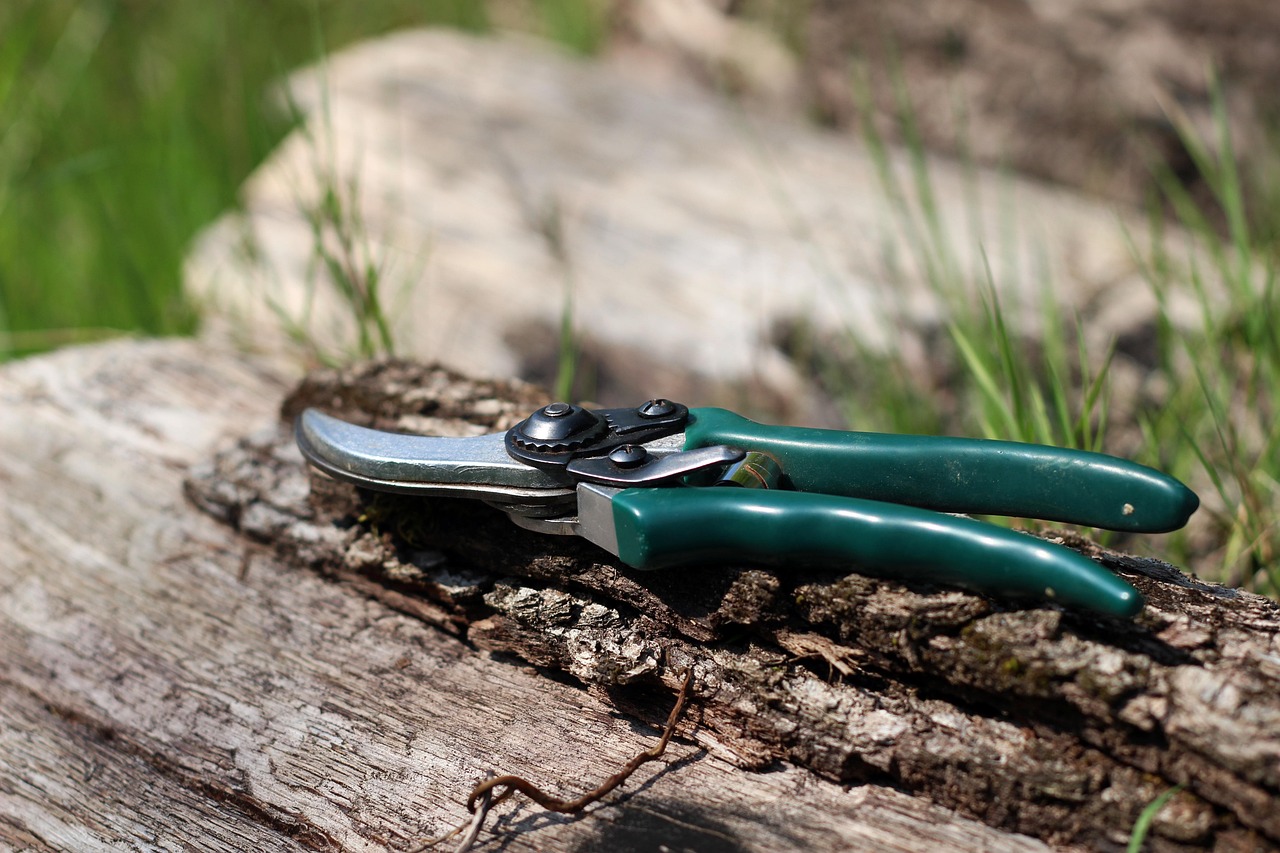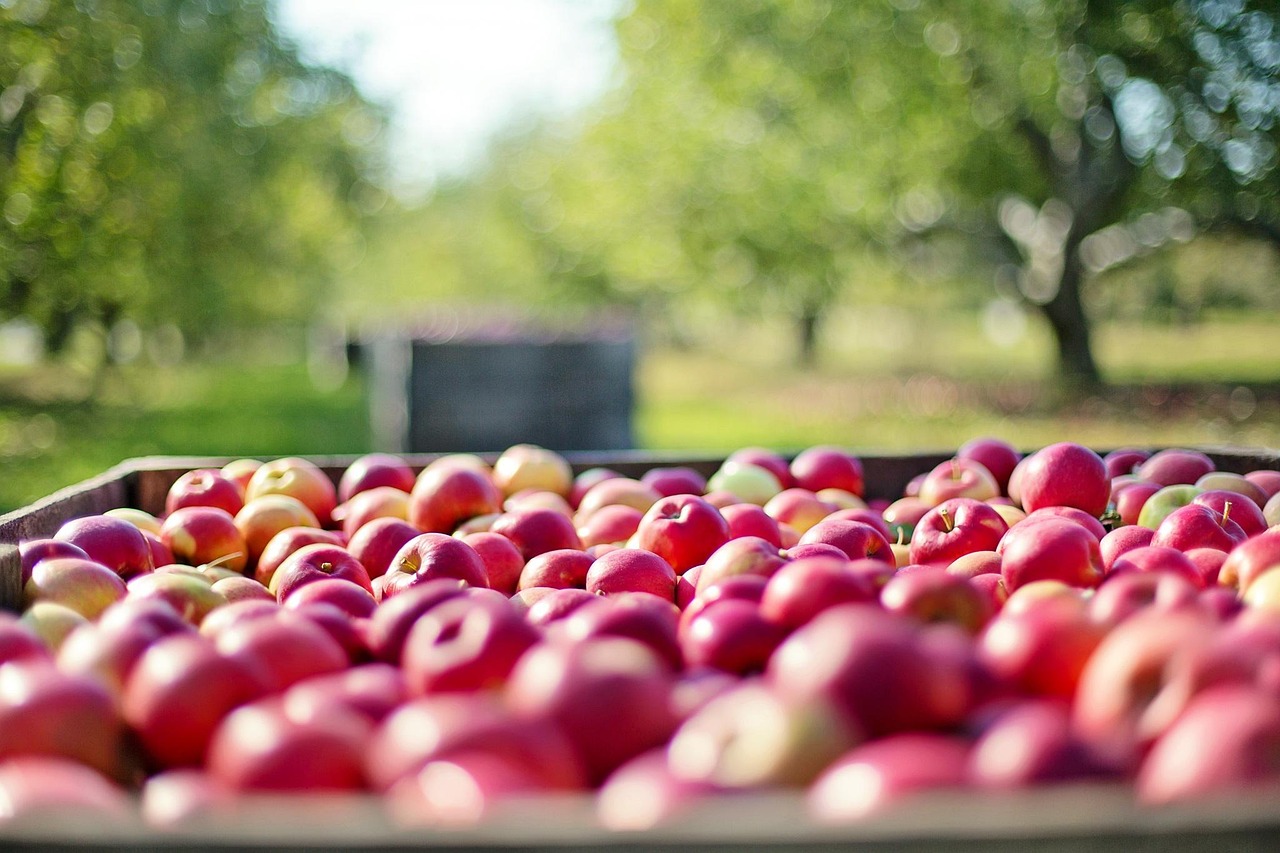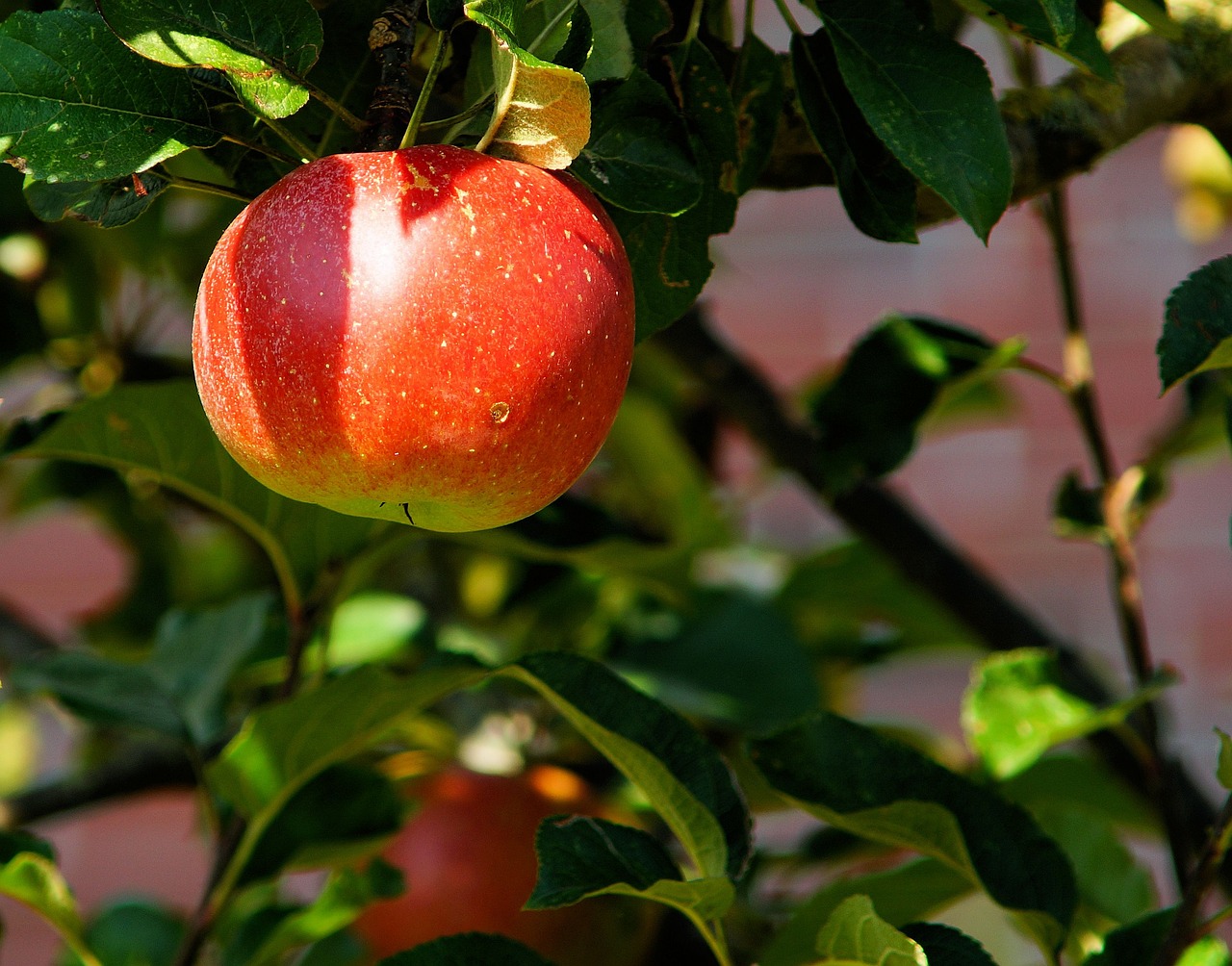Seasonal pruning is a vital practice in sustainable orchards, promoting healthy growth, enhancing fruit quality, and ensuring the longevity of trees. This technique involves trimming branches during specific times of the year to support the overall health of the orchard.
Maintaining a sustainable orchard requires careful management of trees and their environment. One of the most effective ways to achieve this is through seasonal pruning. This practice not only improves fruit production but also helps in managing tree health and preventing disease. Seasonal pruning encourages new growth, allows for better air circulation, and enhances sunlight penetration. These factors are crucial for the vitality of fruit trees.

Pruning can seem daunting for many orchardists, particularly those who are new to the practice. However, understanding the principles and timing behind seasonal pruning can demystify the process. Different fruit trees have different needs, and recognizing these needs is essential for successful orchard management.
Understanding the Basics of Seasonal Pruning
To begin with, seasonal pruning can be categorized into three main types: dormant pruning, summer pruning, and post-harvest pruning. Each type serves a unique purpose and is timed according to the tree’s growth cycle. Below is a brief overview of these types:
| Type of Pruning | Timing | Purpose |
|---|---|---|
| Dormant Pruning | Late winter or early spring | Encourages robust growth in spring; removes dead or diseased wood |
| Summer Pruning | Mid-summer | Controls tree size; encourages fruit development |
| Post-Harvest Pruning | After harvest | Removes spent fruiting wood; prepares trees for dormancy |
Dormant pruning is typically performed when trees are still in a dormant state, often during late winter or early spring. This timing minimizes stress on the trees and allows them to focus on new growth as the weather warms. During this period, orchardists should aim to remove any dead or diseased branches, as well as those that are crossing or competing with one another.

Summer pruning takes place in mid-summer while the trees are actively growing. This type of pruning helps manage tree size and shape. By selectively removing excess growth, the tree can direct its energy towards developing high-quality fruit. Summer pruning is also beneficial for improving air circulation within the canopy and reducing the risk of diseases.
Post-harvest pruning occurs after the fruit has been harvested. This practice focuses on removing spent or damaged fruiting wood and preparing the trees for their dormant phase. By doing this, orchardists can ensure that their trees remain healthy going into winter.
The Benefits of Seasonal Pruning for Sustainability
Sustainable orchards rely on practices that enhance both ecological health and crop yield. Seasonal pruning plays a pivotal role in achieving these goals. The benefits include:

- Improved Air Circulation: Properly pruned trees allow for better airflow through the branches, reducing humidity and decreasing the likelihood of fungal diseases.
- Enhanced Sunlight Penetration: Thinning out crowded branches allows sunlight to reach more areas of the tree, promoting even ripening of fruit.
- Increased Fruit Quality: By focusing energy on fewer branches, trees can produce larger and more flavorful fruits.
- Tree Longevity: Regular pruning helps maintain tree health and vigor, extending their productive lifespan.
- Pest Management: Removing diseased wood and overcrowded branches reduces pest habitats and disease spread.
The timing and technique used in seasonal pruning can significantly impact the success of an orchard. Understanding how and when to prune is essential for maximizing these benefits while minimizing stress to the trees.
In addition to these benefits, seasonal pruning also contributes to biodiversity in orchard ecosystems. Healthy trees provide habitat for various beneficial organisms, including pollinators and natural pest predators. This creates a balanced ecosystem that supports sustainable agriculture practices.
In summary, seasonal pruning is an essential practice for anyone looking to maintain a sustainable orchard. It enhances tree health, improves fruit quality, and contributes to a more resilient ecosystem. By understanding the different types of pruning and their specific benefits, orchardists can make informed decisions that support both their crops and the environment.

Tools and Techniques for Effective Pruning
To achieve the best results in seasonal pruning, it is essential to use the right tools and techniques. The effectiveness of pruning largely depends on the equipment used and the methods applied. Proper tools not only make the job easier but also ensure clean cuts that promote healing in trees.
Essential Pruning Tools
There are several tools that every orchardist should have in their toolkit. Each tool serves a specific purpose, and using the right one can significantly impact the outcome of the pruning process. Here are some essential pruning tools:
- Bypass Pruners: Ideal for making clean cuts on small branches. They feature two blades that slide past each other, which minimizes damage to the plant.
- Loppers: These are larger than pruners and can cut branches up to two inches thick. They are useful for reaching higher branches.
- Hand Saws: A hand saw is necessary for cutting larger branches that are too thick for pruners or loppers.
- Hedge Shears: These are used for shaping and trimming hedges and can also be effective for light pruning of young trees.
- Pole Pruner: Designed for reaching high branches, this tool combines a saw and pruner on a long handle.
Each tool should be kept clean and sharp to ensure effective cutting. Dull blades can tear bark and damage the tree, making it more susceptible to diseases.
Pruning Techniques to Consider
In addition to using the right tools, applying proper techniques is crucial for successful pruning. Here are some key pruning techniques that orchardists should consider:
- Heading Cuts: This involves cutting back a branch to a bud. It encourages bushier growth and is often used on young trees to shape their structure.
- Thinning Cuts: This technique removes entire branches at their point of origin. Thinning improves air circulation and light penetration, which is vital for fruit production.
- Renewal Pruning: Primarily used on older trees, this technique involves cutting back older branches to encourage new growth and rejuvenate the tree.
- Pinching: This method involves removing the tips of young shoots to promote branching. It is particularly effective in summer pruning.
The Importance of Timing in Pruning
Timing is a critical aspect of successful seasonal pruning. Each tree species has its own optimal window for pruning, which depends on its growth cycle. Understanding these cycles allows orchardists to maximize benefits while minimizing risks of damage.
Factors Influencing Pruning Timing
Several factors influence when to prune fruit trees:
- Tree Species: Different species have unique growth patterns. For example, stone fruits like cherries and peaches typically benefit from winter pruning, while apples may be pruned in early spring.
- Climate: Local climate conditions can affect when trees enter dormancy. Warmer regions may require different pruning schedules compared to colder climates.
- Pest Management: Pruning at specific times can help reduce pest populations. For instance, pruning during dormancy minimizes exposure to pests active in warmer months.
- Disease Prevention: Certain diseases are more prevalent at specific times of the year. Timing can help manage these risks effectively.
Signs Indicating When to Prune
Recognizing the signs that indicate when to prune is equally important. Some signs include:
- Leaf Drop: As trees enter dormancy, they lose their leaves, signaling that it may be time for dormant pruning.
- Dead or Diseased Wood: If branches show signs of disease or dieback, they should be removed promptly regardless of the season.
- Crowded Canopy: If the canopy appears too dense, it may be time for thinning cuts to improve health and vigor.
Common Mistakes in Seasonal Pruning
Even experienced orchardists can make mistakes when it comes to pruning. Being aware of common pitfalls can help avoid them:
- Over-Pruning: Removing too much wood can stress trees and reduce fruit production. It is essential to prune selectively.
- Poor Cuts: Making cuts at inappropriate angles or leaving stubs can lead to disease entry points. Always aim for clean cuts close to the branch collar.
- Ineffective Timing: Pruning at the wrong time can hinder growth or expose trees to pests. Always consider species-specific requirements.
- Lack of Planning: Failing to plan ahead can result in haphazard cuts. Developing a pruning strategy based on tree health and growth patterns is crucial.
A thoughtful approach to seasonal pruning can enhance orchard sustainability and productivity. By utilizing appropriate tools and techniques, understanding timing, and avoiding common mistakes, orchardists can create thriving environments for their fruit trees.
Seasonal Pruning for Different Types of Fruit Trees
Different species of fruit trees have unique pruning requirements and growth patterns. Understanding these differences is essential for successful seasonal pruning. This section discusses the specific needs of various fruit trees, ensuring that orchardists can adapt their pruning strategies accordingly.
Stone Fruits
Stone fruits such as peaches, cherries, and plums exhibit distinct growth habits. These trees typically benefit from pruning during the dormant season. Here are some key points regarding the pruning of stone fruits:
- Timing: Dormant pruning should occur in late winter to early spring before buds begin to swell.
- Focus on Shape: Prune to maintain an open center, allowing sunlight to reach all parts of the tree.
- Remove Dead Wood: Identify and remove any dead or diseased branches to promote healthy growth.
Pruning stone fruits can enhance air circulation and reduce the risk of fungal diseases, which are common in humid conditions.
Pome Fruits
Pome fruits, such as apples and pears, require a different approach. They are generally more forgiving than stone fruits and can be pruned at various times depending on the desired outcome:
- Timing: Early spring is ideal for apples, while pears can be pruned in either late winter or early spring.
- Thinning Out: Focus on removing crowded branches to improve light penetration and airflow.
- Encourage Vertical Growth: Aim for an upward growth pattern by selectively cutting back lateral branches.
Pome fruits thrive with structured pruning that promotes balance between vegetative growth and fruit production.
Citrus Trees
Citrus trees, including oranges, lemons, and limes, have specific pruning needs that differ from other fruit trees. Here are the main considerations for pruning citrus:
- Timing: Pruning is best done after fruit harvest but before new growth begins in spring.
- Minimal Pruning: Citrus trees generally require less pruning. Focus on removing any dead or crossing branches.
- Maintain Shape: Shape the tree to ensure sunlight reaches all parts, enhancing fruit quality.
Citrus trees are sensitive to heavy pruning. Therefore, light and strategic cuts are recommended to avoid stressing the tree.
The Role of Pruning in Pest Management
Seasonal pruning is not only beneficial for tree health but also plays a significant role in managing pests. Effective pruning can help reduce pest populations and minimize damage to the orchard.
Pest Prevention Strategies
Implementing a proactive approach to pest management through seasonal pruning includes several strategies:
- Removing Infested Wood: Regularly inspect trees for signs of pest infestations. Remove any infested wood immediately to prevent the spread.
- Improving Airflow: Thinning out dense branches enhances airflow, making it harder for pests and diseases to thrive in humid conditions.
- Promoting Beneficial Insects: A well-pruned orchard can support beneficial insects that prey on harmful pests, naturally regulating populations.
By integrating pest management into seasonal pruning practices, orchardists can foster a healthier environment for their trees and crops.
Identifying Common Orchard Pests
A successful pest management strategy begins with identifying common pests that affect fruit trees. Here are some prevalent pests found in orchards:
| Pest | Description | Impact on Trees |
|---|---|---|
| Aphids | Small, soft-bodied insects that suck sap from leaves. | Can weaken trees and cause leaf curl or distortion. |
| Codling Moth | A larvae that burrows into developing apples and pears. | Can cause significant fruit damage and loss. |
| Spider Mites | Tiny arachnids that create webs on tree foliage. | Can lead to leaf yellowing and defoliation if left unchecked. |
| Scale Insects | Small, immobile insects that attach to stems and leaves. | Can weaken trees by sucking sap and may lead to sooty mold growth. |
Recognizing these pests early allows orchardists to take action before infestations escalate. Implementing effective pruning strategies as part of an integrated pest management plan can significantly reduce pest pressures in orchards.
Nurturing Soil Health Through Pruning Practices
An often-overlooked aspect of seasonal pruning is its impact on soil health. Healthy trees contribute to soil vitality through their root systems and leaf litter. Understanding how pruning influences soil health can enhance overall orchard sustainability.
The Link Between Trees and Soil
Trees play a crucial role in maintaining soil health through several mechanisms:
- Organic Matter Contribution: Fallen leaves and pruned branches decompose over time, enriching the soil with organic matter.
- Root Systems: Healthy root systems help bind soil together, reducing erosion and improving water retention.
- Nutrient Cycling: Trees contribute to nutrient cycling by absorbing nutrients from the soil and returning them when they shed leaves or when pruned.
By considering the relationship between seasonal pruning and soil health, orchardists can create a holistic management approach that supports both tree vitality and soil fertility.
This comprehensive understanding of seasonal pruning practices for different fruit trees, along with pest management strategies and soil health considerations, empowers orchardists to cultivate sustainable orchards effectively.
Integrating Seasonal Pruning with Overall Orchard Management
Seasonal pruning is just one component of effective orchard management. To maximize the health and productivity of fruit trees, it is essential to integrate pruning practices with other management strategies. This holistic approach ensures that all aspects of orchard care work together harmoniously.
Complementary Practices for Orchard Health
Alongside seasonal pruning, several complementary practices can enhance the sustainability of an orchard:
- Soil Management: Regular soil testing can help determine nutrient levels and pH, allowing orchardists to amend the soil as needed. Practices such as cover cropping and mulching can enhance soil structure and fertility.
- Irrigation Management: Proper watering techniques, including drip irrigation, ensure trees receive adequate moisture without over-saturating the soil. This practice is vital for maintaining healthy root systems.
- Crop Rotation: Rotating crops helps disrupt pest and disease cycles, reducing the need for chemical interventions. Incorporating a variety of plants can enhance biodiversity within the orchard.
- Integrated Pest Management (IPM): Combining biological controls, cultural practices, and minimal chemical use creates a balanced approach to pest management. This strategy aligns well with the principles of seasonal pruning.
Monitoring and Record Keeping
Maintaining accurate records of pruning activities, tree health, and pest occurrences can significantly benefit orchard management. This documentation provides valuable insights into the effectiveness of various strategies over time. Some key aspects to monitor include:
- Pruning Dates: Keeping track of when each tree was pruned helps evaluate the timing and technique effectiveness.
- Pest Observations: Recording pest sightings and damage allows for better planning of pest management interventions in future seasons.
- Fruit Yield Records: Documenting fruit production helps assess the impact of pruning and other practices on overall yield.
Implementing a monitoring system empowers orchardists to make data-driven decisions that enhance overall orchard health and productivity.
Community Engagement and Education
Another critical aspect of sustainable orchard management is community engagement. Sharing knowledge and resources with fellow orchardists fosters a culture of learning and collaboration. Opportunities for engagement can include:
- Workshops and Field Days: Hosting educational events where orchardists can learn from each other’s experiences and techniques promotes best practices in seasonal pruning and overall management.
- Online Forums: Participating in online communities allows for the exchange of ideas, advice, and solutions to common challenges faced by orchardists.
- Collaborative Research: Engaging in research projects with agricultural institutions can lead to innovative approaches in sustainable practices, including pruning techniques.
By actively participating in the community, orchardists can expand their knowledge base and improve their practices through shared experiences.
Final Thoughts
Seasonal pruning is an essential practice for maintaining sustainable orchards. By enhancing tree health, improving fruit quality, and fostering biodiversity, effective pruning contributes significantly to the longevity and productivity of fruit trees. Understanding the specific needs of different species, coupled with strategic timing and methods, allows orchardists to maximize the benefits of this practice.
Moreover, integrating seasonal pruning with comprehensive orchard management strategies ensures that all aspects of tree care are addressed. From soil health to pest management and community engagement, each element plays a vital role in cultivating a thriving orchard ecosystem. By embracing these practices, orchardists can create not only productive orchards but also sustainable environments that support both their crops and the broader ecosystem.
As the agricultural landscape continues to evolve, staying informed about new techniques and developments in seasonal pruning will be crucial. Continuous learning and adaptation will empower orchardists to meet challenges head-on while promoting sustainability in their orchards for generations to come.
